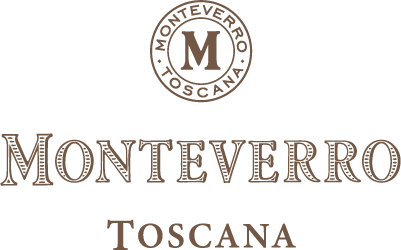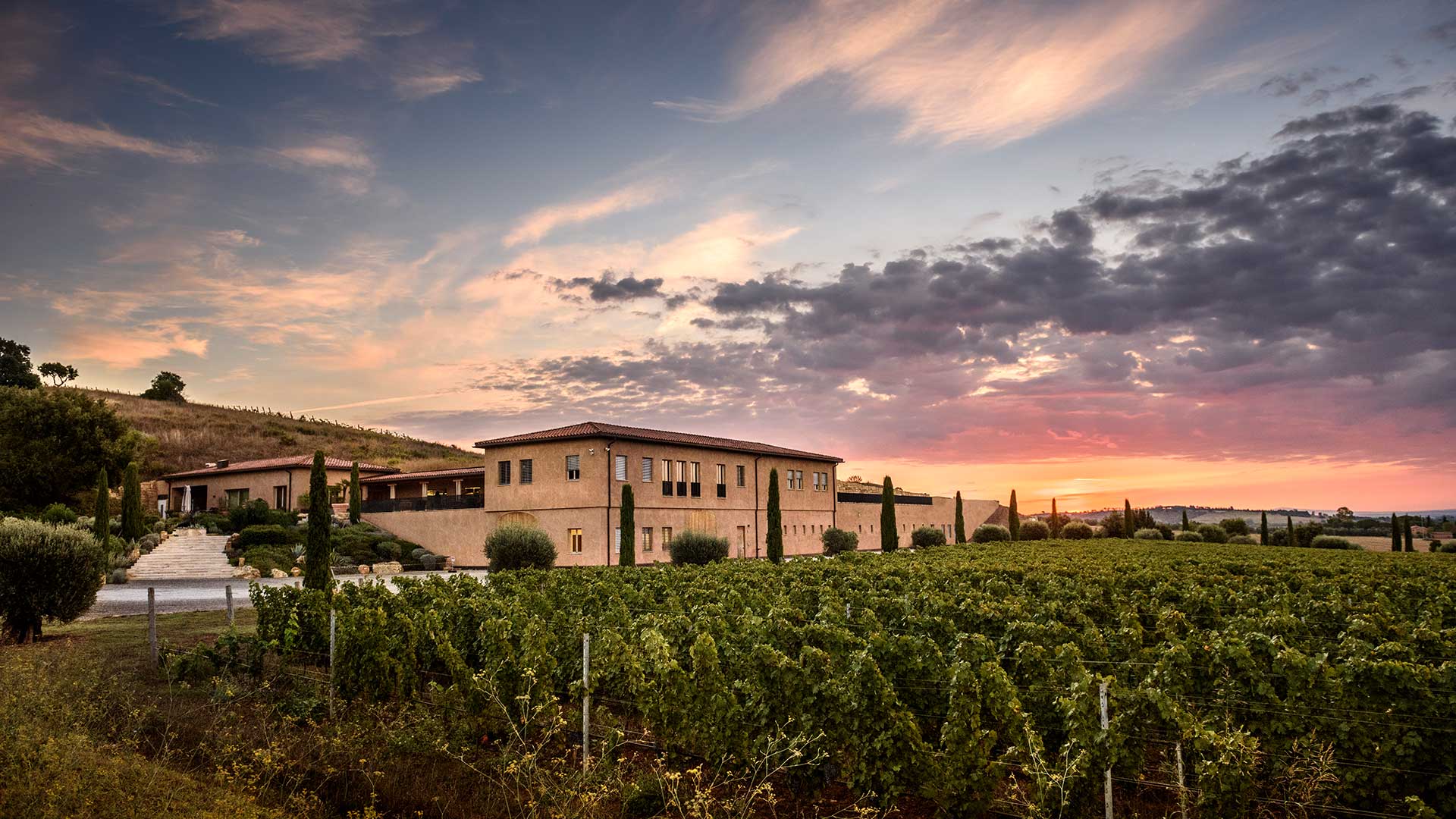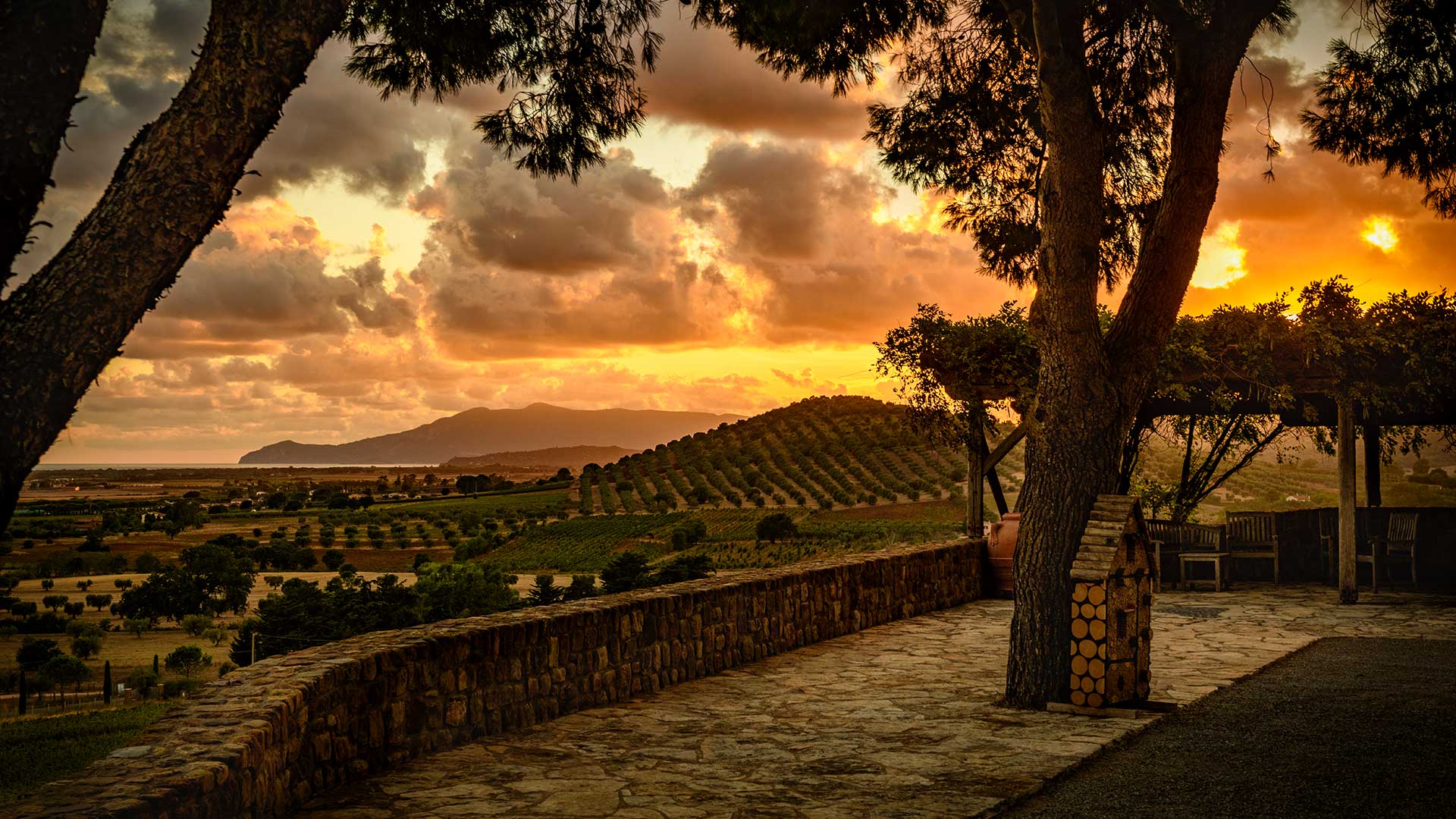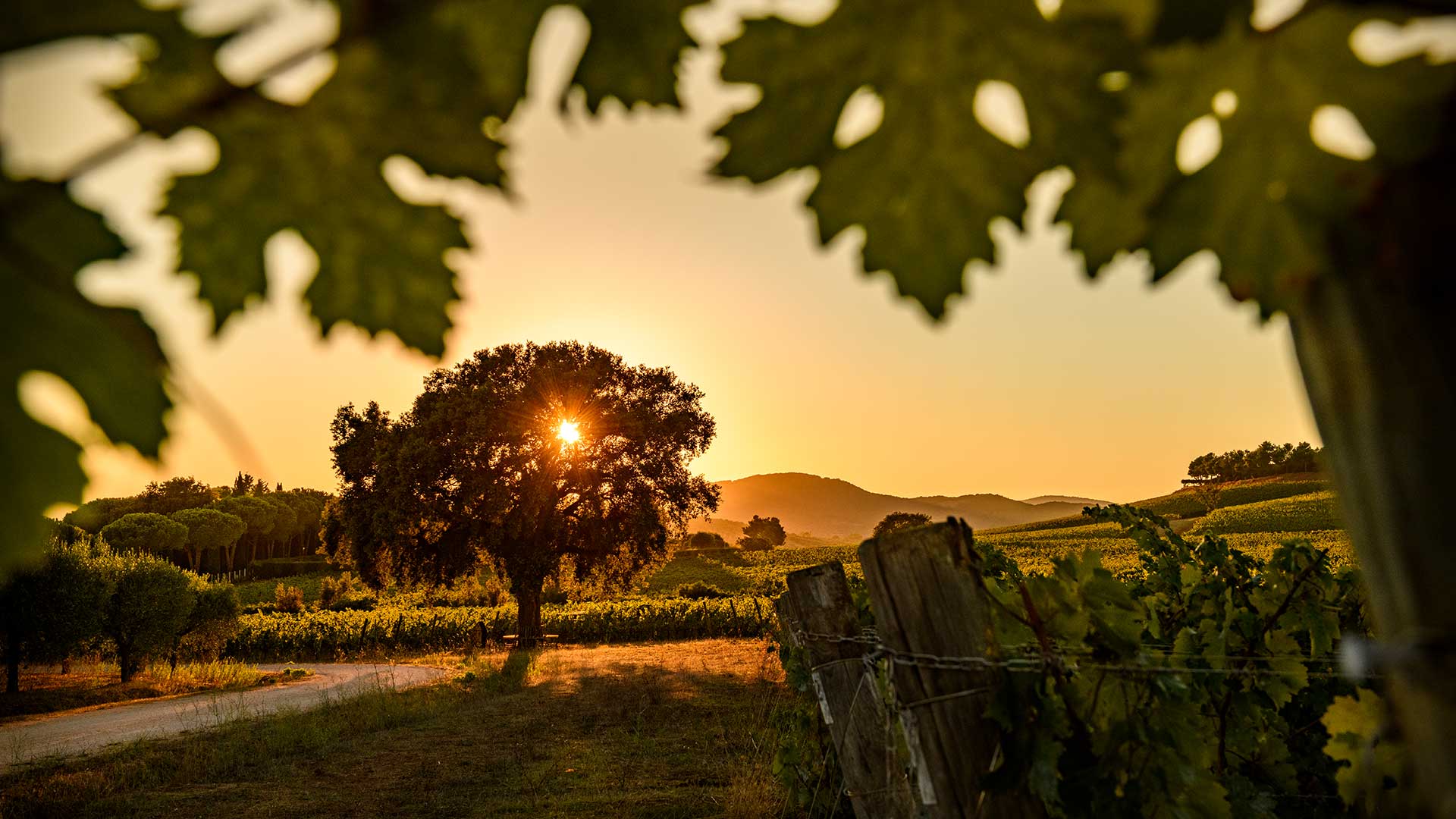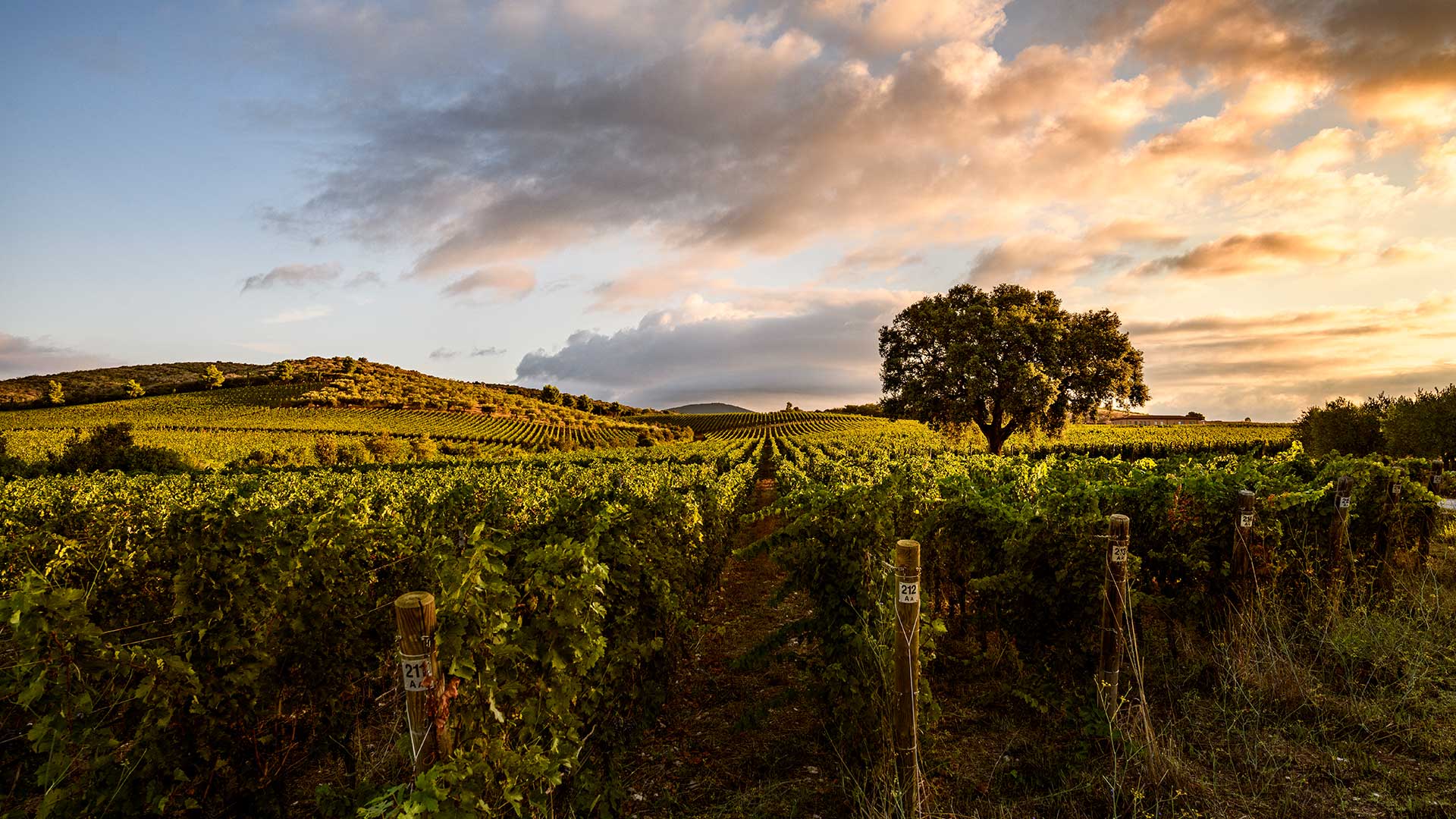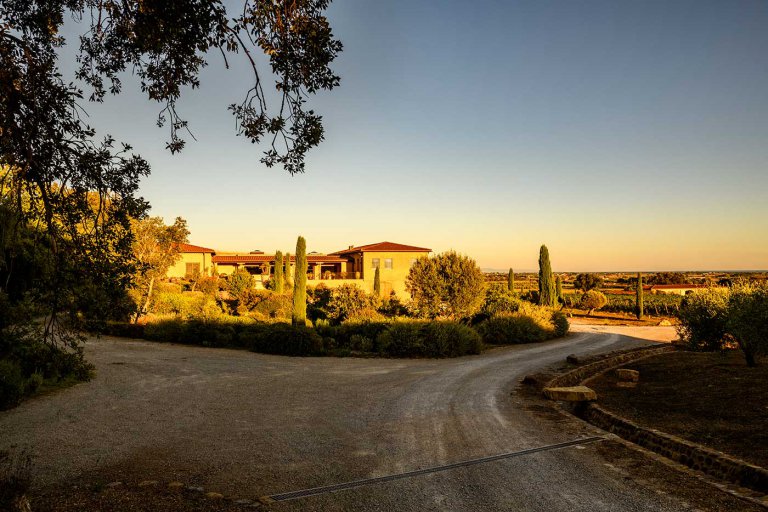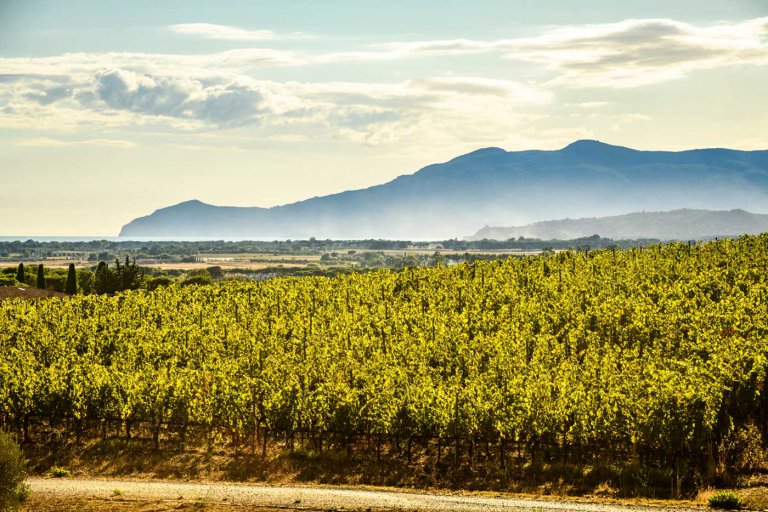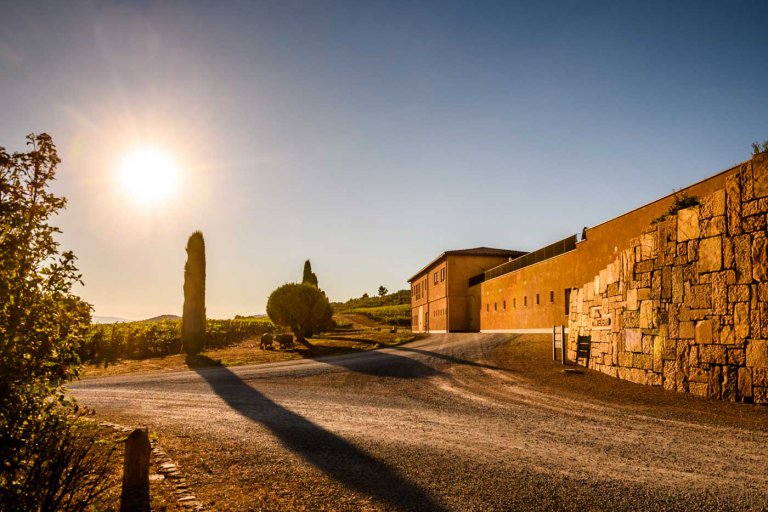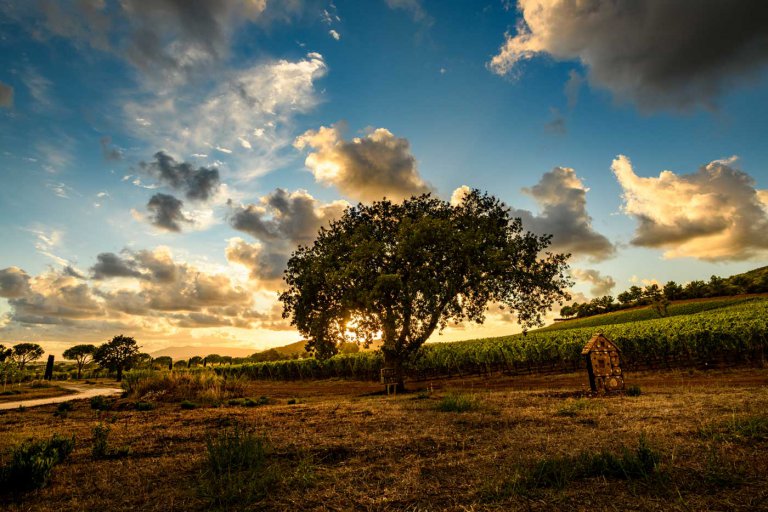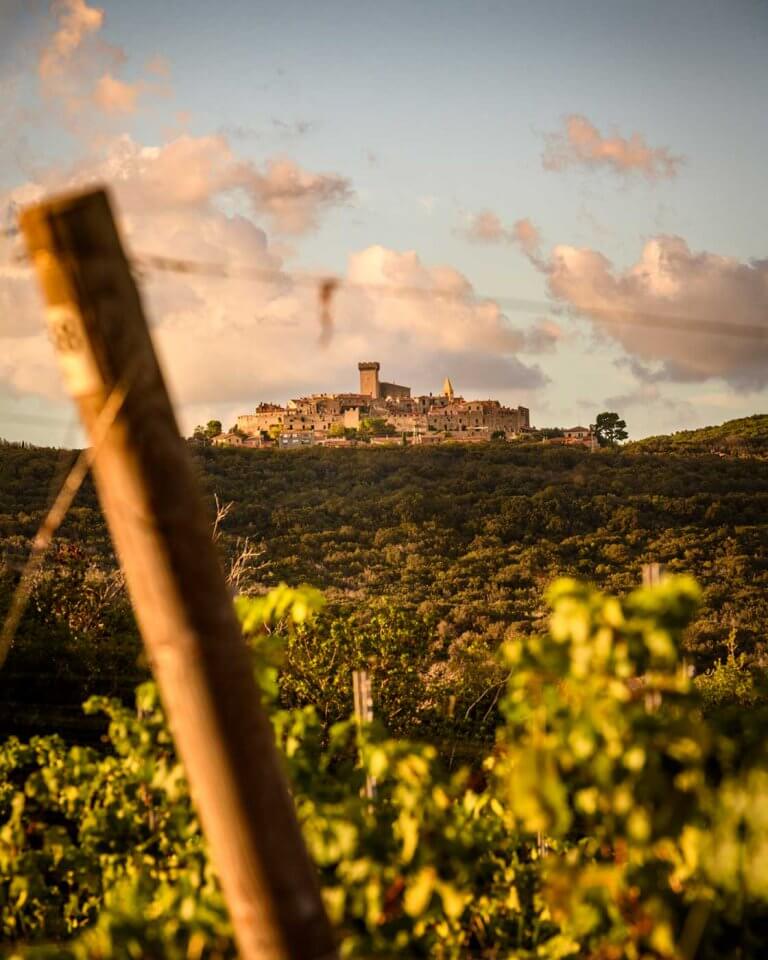OUR VINEYARD
A PASSION FOR WINE
Monteverro lies at the foot of the small medieval town of Capalbio on the southern edge of Tuscany in Maremma, a region well-known for its originality and tradition.
The vineyard estate is situated in close proximity to the coast and is characterised by its unusual slopes on stony, red clay soil. But it is also the people who make Monteverro so unique. The pure pleasure of wine commits us to uncompromising manual work and selection in the vineyards, and through precision and innovative technology in the cellar, we are ultimately helping every vine variety, every location and every vintage to achieve their optimum expression.
The vineyard estate is situated in close proximity to the coast and is characterised by its unusual slopes on stony, red clay soil. But it is also the people who make Monteverro so unique. The pure pleasure of wine commits us to uncompromising manual work and selection in the vineyards, and through precision and innovative technology in the cellar, we are ultimately helping every vine variety, every location and every vintage to achieve their optimum expression.
Monteverro extends for around 60 hectares on three hills rising from 30 to 80 metres above sea level. The Tyrrhenian Sea is visible from the vineyards - it is only five kilometres away and provides a constant breeze all year round. In the west the impressive silhouette of Monte Argentario can be seen on the horizon, the border with Latium is only around 10 kilometres away in the south-east. Above the vineyards is the macchia, the evergreen shrubland where countless Mediterranean herbs such as lavender, broom, rosemary and thyme flourish. It is also home to a variety of animals, the undisputed king being the wild boar. Monteverro is named after the wild boar: verro is the historical regional word for “boar” - a reference to the fact that the shrubland around Capalbio has always been and is still home to many wild boars.
In order to leave nature to its own devices as much as possible and to promote biodiversity, we have purposely only planted 35 of the 60 hectares with vines - the rest is covered with olive trees and Mediterranean scrub. A natural lake that is surrounded with old cork oaks nestles in the grounds of the estate.
It is also obvious from the estate buildings that nature plays the principal role in Monteverro: the architecture with buildings deliberately kept low-level is intended to blend in with the landscape, not dominate it. The wine cellar was partly built into the slope so as to use the natural cooling of the soil. Our primary goal with the design of the cellar building was to treat the crop and later the wine in a manner that was as eco-friendly and natural as possible using the gravitation principle: sustainable management, lots of manual work and innovative technology complement each other here in order to be able to fully exploit the quality potential that grows in the vineyards.
In order to leave nature to its own devices as much as possible and to promote biodiversity, we have purposely only planted 35 of the 60 hectares with vines - the rest is covered with olive trees and Mediterranean scrub. A natural lake that is surrounded with old cork oaks nestles in the grounds of the estate.
It is also obvious from the estate buildings that nature plays the principal role in Monteverro: the architecture with buildings deliberately kept low-level is intended to blend in with the landscape, not dominate it. The wine cellar was partly built into the slope so as to use the natural cooling of the soil. Our primary goal with the design of the cellar building was to treat the crop and later the wine in a manner that was as eco-friendly and natural as possible using the gravitation principle: sustainable management, lots of manual work and innovative technology complement each other here in order to be able to fully exploit the quality potential that grows in the vineyards.
